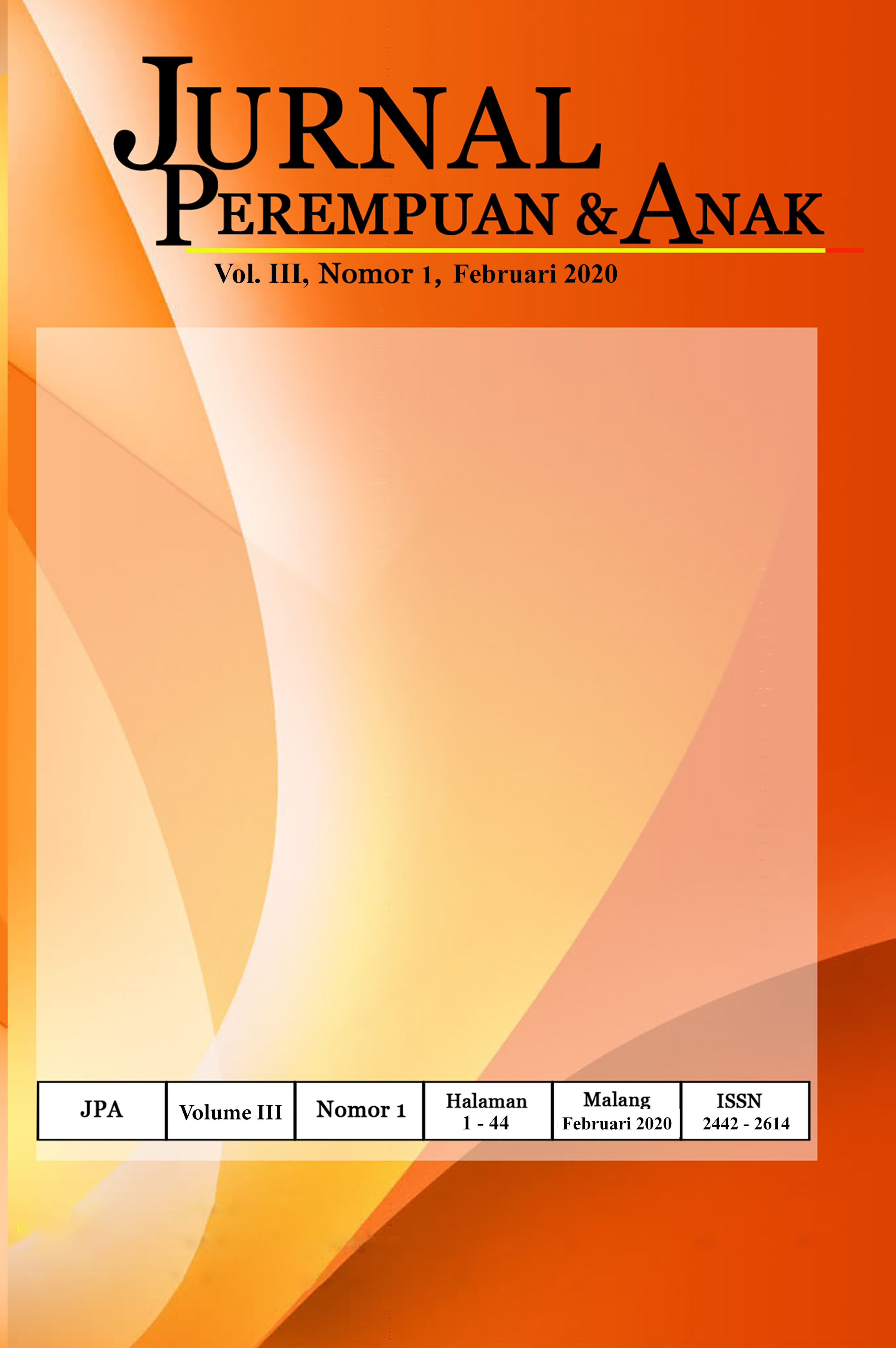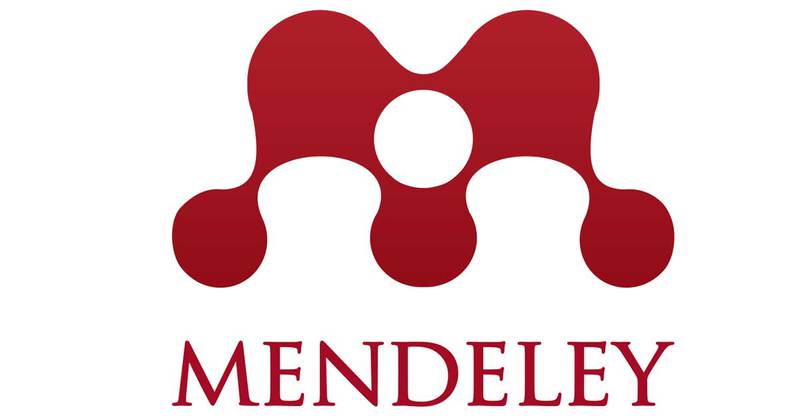Utilization of Information Technology in Women Boarding High Schools to Support Learning Activities
DOI:
https://doi.org/10.22219/jpa.v3i1.14506Keywords:
boarding school, utilization of technology, womenAbstract
The use of information technology media becomes very important when the needs are increasingly complex or schools are in the development stage because with the use of information technology media teaching and learning activities can be carried out quickly and centrally. In female boarding schools, the use of technology really needs to be considered considering the activities that are so dense both intraculricular and extracurricular activities, on the other hand, Aisyiyah Boarding School Malang High School has quite high activities outside the school, this is evidenced by the many achievements they have from the local to the national level. . At the time this research was conducted, all countries in the world were experiencing the Covid-19 pandemic and required all activities to run online, so this research was conducted to determine the use of information technology at ABSM High School to support teaching and learning activities. The variables used in the study include new desire and interest in learning, motivation and interest in learning, understanding in learning. The research method includes research assumptions and definitions, data collection, analysis of initial conditions, preparation of questionnaires, descriptive analysis. Respondents were students of class X, XI, and XII of SMA ABSM, with a total of 30 respondents who were all ABSM high school students. The results show that in general the use of information technology media can support the teaching and learning process in the school environment for both intraculricular and extracurricular activities.Downloads
References
Misbah, D., Surya, M., & Maskur, M. (2017). PENGGUNAAN MEDIA AUDIO VISUAL DALAM PEMBELAJARAN YANG BERBASIS POWER POINT MODEL POP UP UNTUK MENINGKATKAN HASIL BELAJAR SISWA PADA MATERI KOSAKATA MATA PELAJARAN BAHASA ARAB. TEKNOLOGI PEMBELAJARAN, 2(2).
Syahrul, M., Hala, Y., & Pagarra, H. (2018, November). Pengembangan Media Pembelajaran Berbasis Lecturer Maker Pada Materi Sistem Ekskresi Kelas XI SMA. In Seminar Nasional Biologi.
Airlanda, G. S. (2012). Peningkatan Keterampilan Proses Sains Siswa Dalam Pembelajaran Biologi Melalui Blended Learning Pada Siswa Kelas XI IPA 3 Putra SMA RSBI Pondok Pesantren Modern Islam Assalaam Sukoharjo Tahun Pelajaran 2011/2012. Universitas Sebelas Maret Surakarta.
Manumpil, B., Ismanto, A. Y., & Onibala, F. (2015). Hubungan penggunaan gadget dengan tingkat prestasi siswa di SMA Negeri 9 Manado. Jurnal Keperawatan, 3(2).
Husain, C. (2014). Pemanfaatan teknologi informasi dan komunikasi dalam pembelajaran di SMA Muhammadiyah Tarakan. Jurnal Kebijakan dan Pengembangan Pendidikan, 2(2).
Mansur, A. (2016). Model Pengajaran Kejujuran Menggunakan Teknologi Informasi Dan Komunikasi (Tik) Di Pondok Pesantren Al-Azhaar Lubuklinggau. Epistemé: Jurnal Pengembangan Ilmu Keislaman, 11(2), 339-374.
ALFARUQI, A. O., Utama, Y., & Heroza, R. I. (2018). RANCANG BANGUN SISTEM INFORMASI PENDIDIKAN PADA SEKOLAH BERASRAMA BERBASIS ANDROID (STUDI KASUS: PONDOK PESANTREN ASSALAM AL-ISLAMI SUNGAI LILIN MUSI BANYUASIN) (Doctoral dissertation, Sriwijaya University).
Habibi, I. (2017, May). Muhammadiyah Boarding School (MBS) Sebagai Alternatif Model Pesantren (Potret Pendidikan Islam di Era Kontemporer). In Proceedings of Annual Conference for Muslim Scholars (No. Seri 2, pp. 740-746).
Najihaturrohmah, N. (2017). Implementasi program boarding school dalam pembentukan karakter siswa di sma negeri cahaya madani banten boarding school pandeglang. Tarbawi: Jurnal Keilmuan Manajemen Pendidikan, 3(02), 207-224.
Abdurahman, J., Hamdani, D., & Novantara, P. (2018). Implementasi Customer Relationship Management (CRM) Pada Penerimaan Siswa Baru (Studi Kasus di Pondok Pesantren Darussalam Kabupaten Garut). NUANSA INFORMATIKA, 12(1).
Tumpang, L. F. S. M. PEMANFAATAN E-LEARNING SEBAGAI SARANA PENDUKUNG TRYOUT UJIAN AKHIR PADA SMK MULTIMEDIA TUMPANG.
Adam, S. (2015). Pemanfaatan media pembelajaran berbasis teknologi informasi bagi siswa kelas X SMA Ananda Batam. Computer Based Information System Journal, 3(2).
Ardiansyah, D., Suharso, W., & Marthasari, G. I. (2018). Analisis Penerima Bantuan Sosial menggunakan Bayesian Belief Network. Jurnal RESTI (Rekayasa Sistem dan Teknologi Informasi), 2(2), 506-513.
Wibowo, H., Iswatiningsih, D., Suharso, W., & Firdausi, F. (2018). Correlation Between Bruto Domestic Products (Gdp) With Duty Schools. Proceeding of the Electrical Engineering Computer Science and Informatics, 5(1), 708-711.
Andini, T. M. (2019). Identifikasi Kejadian Kekerasan Pada Anak Di Kota Malang. Jurnal Perempuan dan Anak, 2(1), 13-28.
Downloads
Published
How to Cite
Issue
Section
License
Authors who publish with Jurnal Perempuan dan Anak (JPA) agree to the following terms:
- For all articles published in Jurnal Perempuan dan Anak (JPA), copyright is retained by the authors. Authors give permission to the publisher to announce the work with conditions. When the manuscript is accepted for publication, the authors agree to automatic transfer of the publishing right to the publisher.
- Authors retain copyright and grant the journal right of first publication with the work simultaneously licensed under a Creative Commons Attribution-ShareAlike 4.0 International License that allows others to share the work with an acknowledgment of the work's authorship and initial publication in this journal.
- Authors are able to enter into separate, additional contractual arrangements for the non-exclusive distribution of the journal's published version of the work (e.g., post it to an institutional repository or publish it in a book), with an acknowledgment of its initial publication in this journal.
- Authors are permitted and encouraged to post their work online (e.g., in institutional repositories or on their website) prior to and during the submission process, as it can lead to productive exchanges, as well as earlier and greater citation of published wor (See The Effect of Open Access).
This work is licensed under a Creative Commons Attribution-ShareAlike 4.0 International License








